Comfrey is a plant that is popular for its use as a herbal medicine and fertilizer. Here we provide a brief overview about this miracle herb.
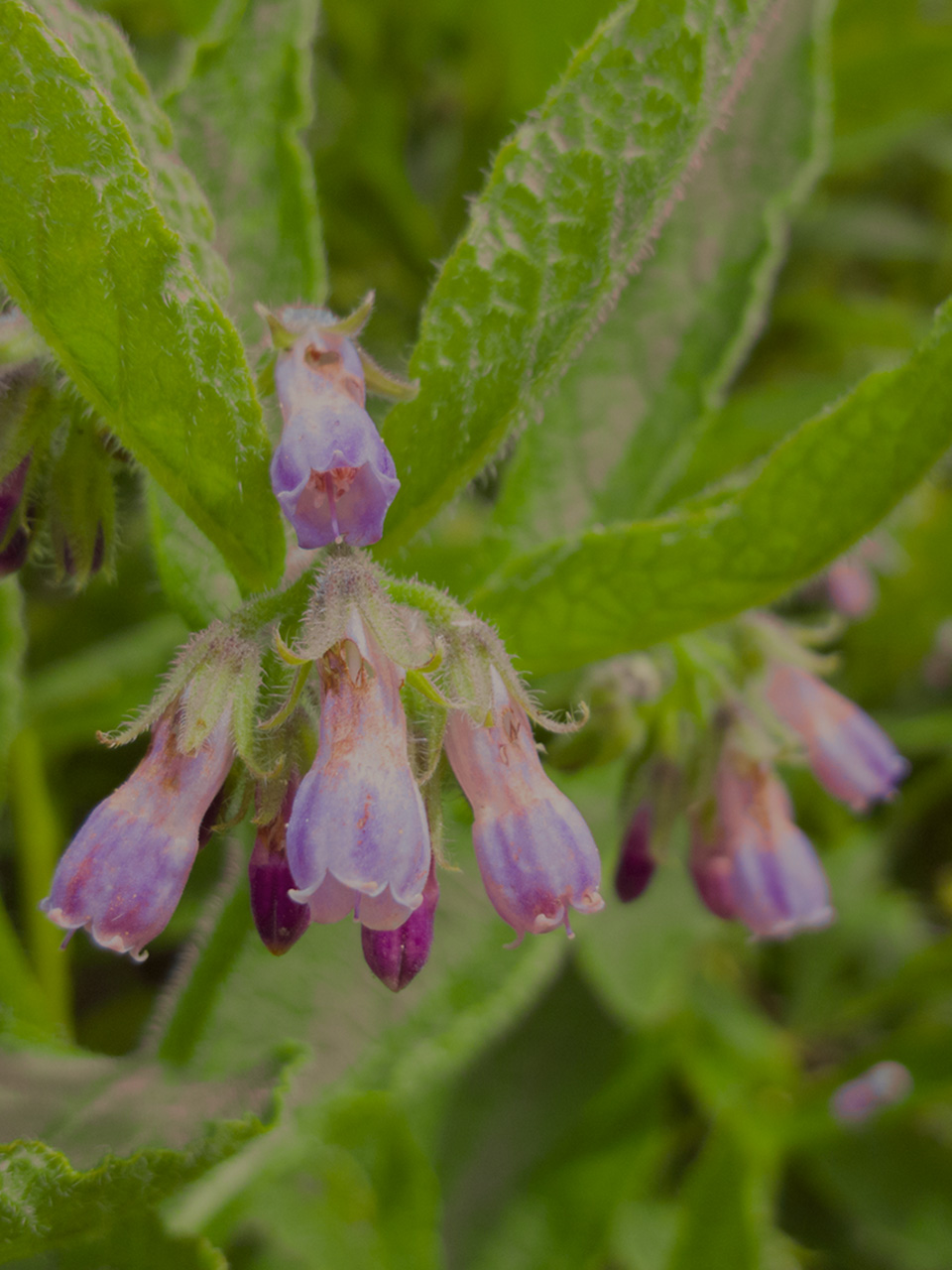
Tap to Read ➤
Comfrey: The Miracle Herb
Sonia Nair

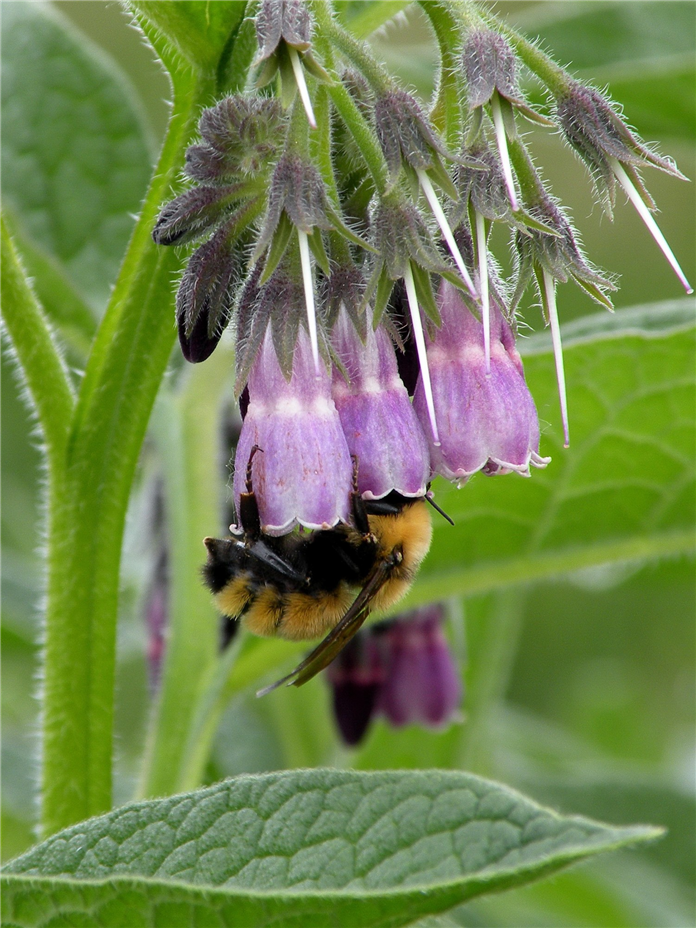
Comfrey is a plant that is popular for its use as a herbal medicine and fertilizer. Here we provide a brief overview about this miracle herb.
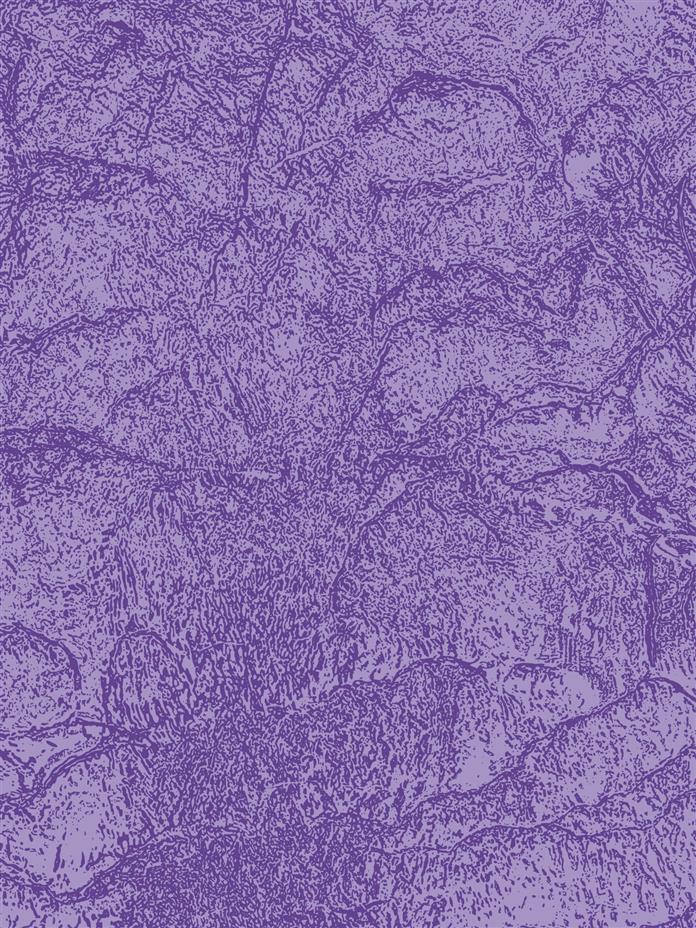
Native to Europe and Asia, the comfrey plant (Symphytum officinale), belongs to Boraginaceae family. It is believed that, the Ancient Greeks and Romans were familiar with the healing properties of this herb, and they used it to treat bronchial problems, heal wounds, mend broken bones, and stop bleeding.

Comfrey tea was used for treating internal problems. The herb was also used as poultice, for healing wounds. The plant is also known as 'knitbone', which indicates its healing properties. Nicholas Culpepper, a fifteenth century English herbalist had a good knowledge about the medicinal properties of comfrey.

During the nineteenth century, an Essex based Quaker farmer, Henry Doubleday introduced the Russian comfrey to Europe. He did a very wide research about the healing properties of comfrey and its use as a food item. The modern-day varieties of this herb originated from the comfrey plants developed by Henry Doubleday.
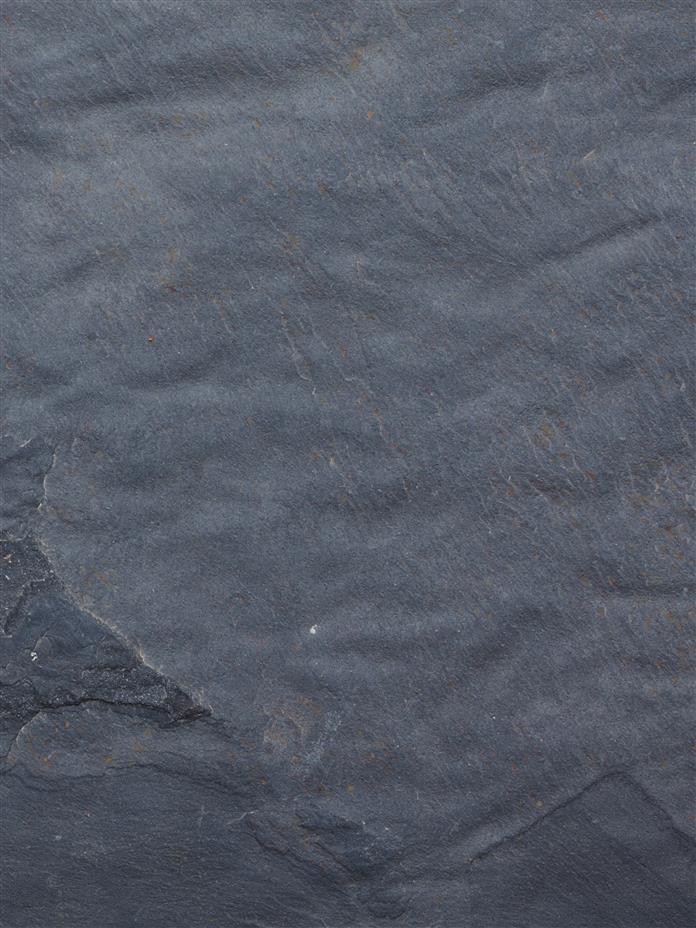
During the 1950s, Lawrence D. Hills started studying the plant and also formed an association, which later came to be known as HDRA (Henry Doubleday Research Association, which is Europe's largest organic gardening association). He is credited with developing 'Bocking 14', a cultivar of Russian comfrey.
The Comfrey Plant
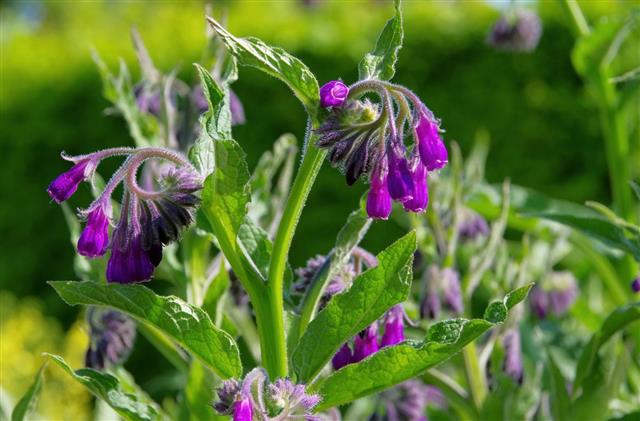

It is a perennial plant with hairy stems and leaves, and can grow up to a height of 2 to 5 feet. The small flowers grow at the tip of the stem, in dense, one-sided clusters. The flowers of common comfrey can be white, creamy-yellow, purple, or red; but those of Quaker comfrey (hybrid of wild variety and Russian comfrey) are blue, purple or reddish-purple.

The roots are short, thick and tuberous with a black covering and white flesh. The leaves at the base of the plant are larger with tapering ends, but those in the upper parts are mostly smaller and lack petioles, which are found in the former.
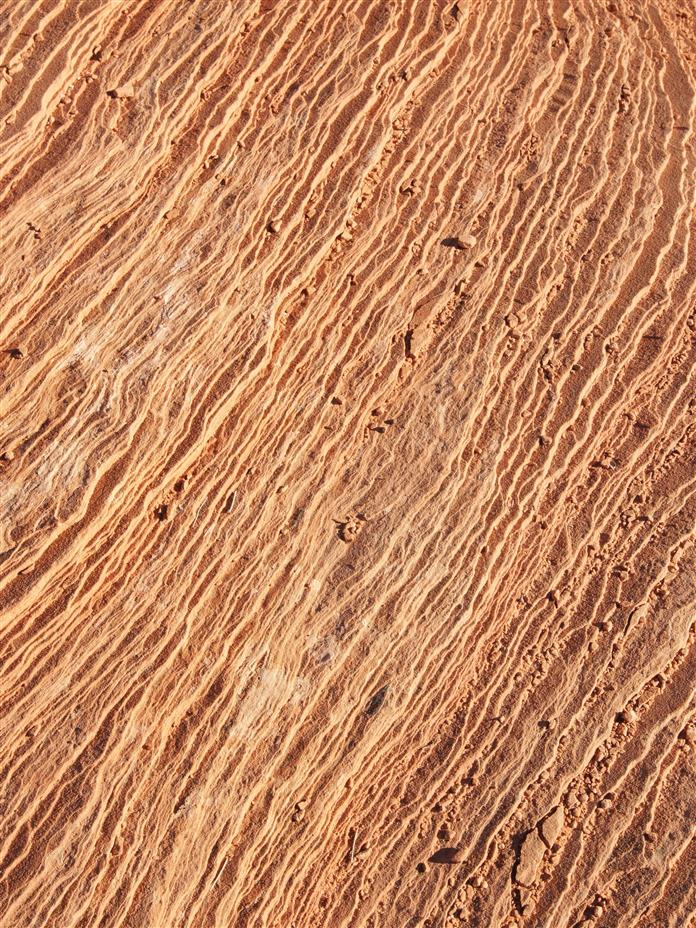
Usually, flowering starts during the month of May, and extends till fall. During the growing season, new stems appear continuously and produce flowers. Normally, these plants are grown from root cuttings and crown divisions. Comfrey plants like wet, moist and grassy areas; and are found abundantly on river banks and ditches of British Isles.

Uses of Comfrey
According to herbalists, comfrey poultices can be used to heal wounds and to mend broken bones. They also claim that, the herb is useful for treating bronchial problems, arthritis, gastric and varicose ulcers, severe burns, acne, and other skin conditions.
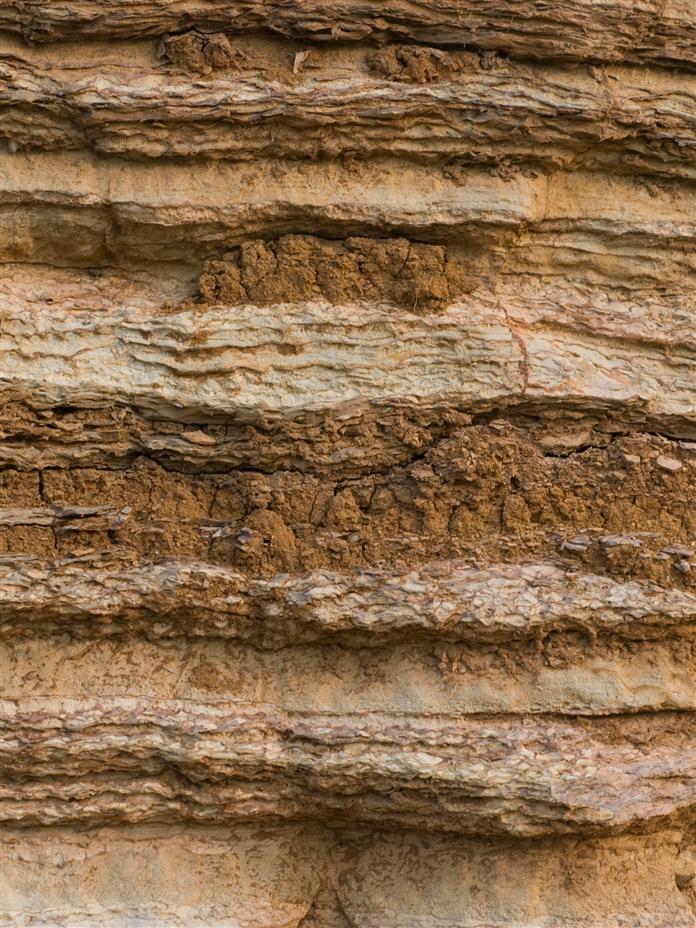
Comfrey is beneficial for improving the health of bones and teeth, especially in kids. It is also used for treating female health disorders. Comfrey contains steroidal saponins, tannins, vitamin B12, inulin, proteins, alkaloids, and mucilage.
Though comfrey is popular for its medicinal properties, the plant has hepatotoxic pyrrolizidine alkaloids, which make it deadly. Hence, usage of this herb may lead to liver failure and death, when consumed in high doses.
The United States Food and Drug Administration has issued a warning against the internal usage of comfrey, in 2001. Nowadays, comfrey products without pyrrolizidine alkaloids are available, but they are also meant for external use only.
Comfrey is used as a fertilizer, especially in organic farming. Being deep-rooted, this plant can extract many nutrients from soil. These nutrients are stored in its leaves, which are also rich in potassium that's required for plant growth. These leaves do not contain fibers, which promote faster rotting. There are many ways of using comfrey as a fertilizer.
It can be cut, wilted for two days and laid in 2-inch deep pits in the soil, before cultivation. It can be added to the compost, in a limited quantity, as it breaks down fast. It is said that, comfrey triggers rotting of other materials in the compost. It can also be used as a mulch for crops, like tomatoes, gooseberries and currants.
A two-inch layer of comfrey leaves can be spread on the surface of the soil around the crops. It can be used as a liquid fertilizer by rotting the leaves in rainwater. The thick, black liquid is called 'comfrey tea', which has to be diluted before use. Well-decayed leaf mold, can be used in potting mixture.
This herb is available as ointments, poultices, creams, and lotions, etc. Such comfrey products are either made of fresh or dried leaves, or roots. Try to avoid comfrey products that are meant for internal use; and prefer those made from the leaves (not roots).
It is said that the common comfrey (Symphytum officinale) is not poisonous like other species. However, it is always safe to follow the instructions of a herbalist, if you want to use comfrey for medicinal purposes. Always seek the advice of an expert before using any comfrey product.
Disclaimer: This is for informational purposes only, and should not be used as a replacement for expert advice.